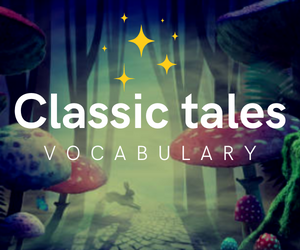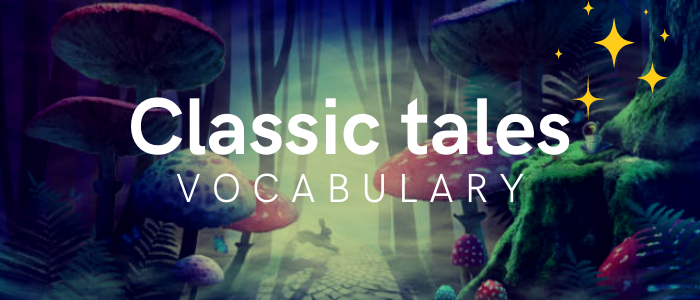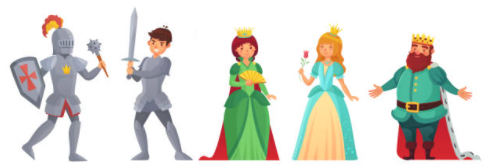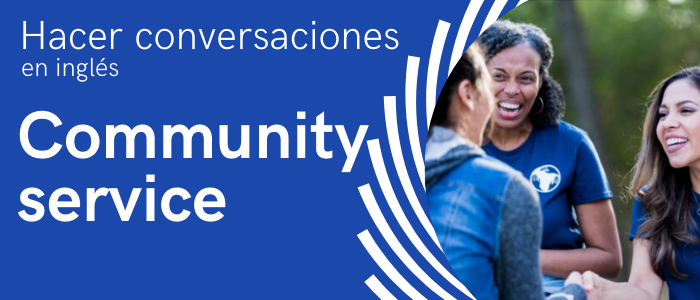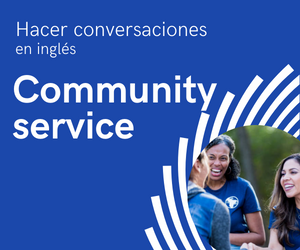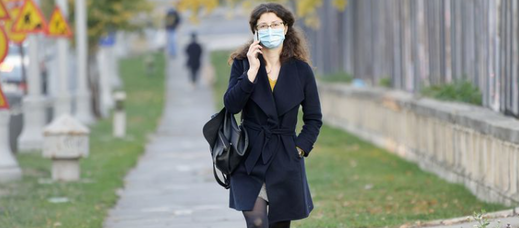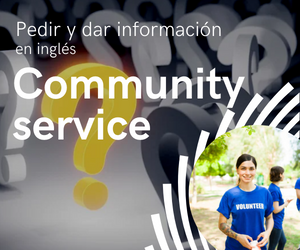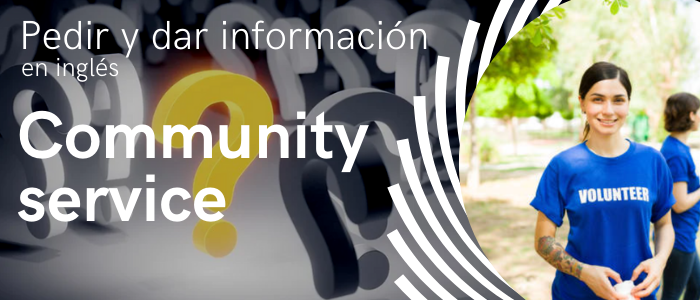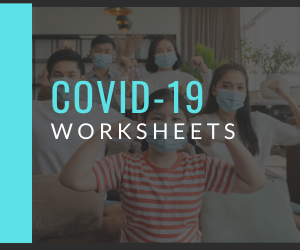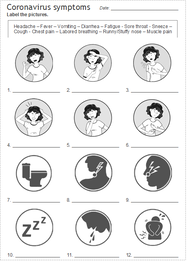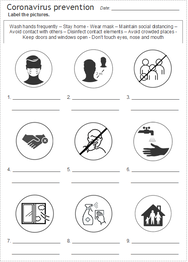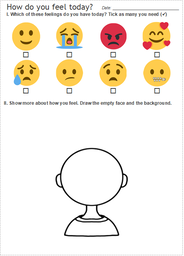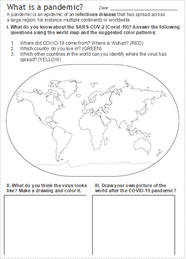- A faraway land - Una tierra lejana.
- Beanstalk - Tallo de habas.
- Bridge - Puente.
- Castle - Castillo.
- Cave - Cueva.
- Cottagge - Cabaña.
- Farm - Granja.
- Forest - Bosque.
- House - Casa.
- Kingdom - Reino.
- Palace - Palacio.
- Pond - Estanque.
- Sea - Mar.
- Tower - Torre.
- Woods - Bosque.
| Family
| Royalty
|
| Villains
| Monsters
|
| Animals
| Helpers
|
- Dragon - Dragón.
- Harpia - Harpía.
- Mermaid - Sirena.
- Minotaur - Minotauro.
- Phoenix - Ave Fénix.
- Unicorn - Unicornio.
- Werewolf - Hombre lobo.
- Angry - Enojado.
- Bad - Malo.
- Beautiful - Hermosa.
- Brave - Valiente.
- Charming - Encantador.
- Clever - Inteligente.
- Evil - Malvado.
- Friendly - Amigable.
- Generous - Generoso.
- Grumpy - Gruñón.
- Handsome - Guapo.
- Hardworking - Trabajador.
- Honest - Honesto.
- Hungry - Hambriento.
- Kind - Amable.
- Lazy - Flojo.
- Little - Pequeño.
- Mischievous - Travieso.
- Old - Viejo.
- Poor - Pobre.
- Selfish - Egoísta.
- Shy - Tímido.
- Smart - Inteligente.
- Weak - Débil.
- Wicked - Malvado.
- Wise - Sabio.
- Young - Joven.
- Apple - Manzana.
- Axe - Hacha.
- Ball - Baile.
- Basket - Casnasta/Cesto.
- Breadcrumb - Migaja.
- Brick - Ladrillo.
- Cage - Jaula.
- Carriage - Carruaje.
- Cauldron - Caldero.
- Coin - Moneda.
- Crown - Corona.
- Crystal ball - Bola de cristal.
- Curse - Maldición.
- Enchantment - Encantamiento.
- Glass slippers - Zapatillas de cristal.
- Gold - Oro.
- Gown - Vestido.
- Harp - Harpa.
- Hood - Capucha.
- Kiss - Beso.
- Lamp - Lampara.
- Mirror - Espejo.
- Pea - Guisante/Chícharo.
- Porridge - Papilla de avena.
- Potion - Poción.
- Rose - Rosa.
- Shield - Escudo.
- Spell - Hechizo.
- Stick - Palo.
- Straw - Paja.
- Sword - Espada.
- Treasure - Tesoro.
- Wand - Varita mágica.
- Wish - Deseo.
